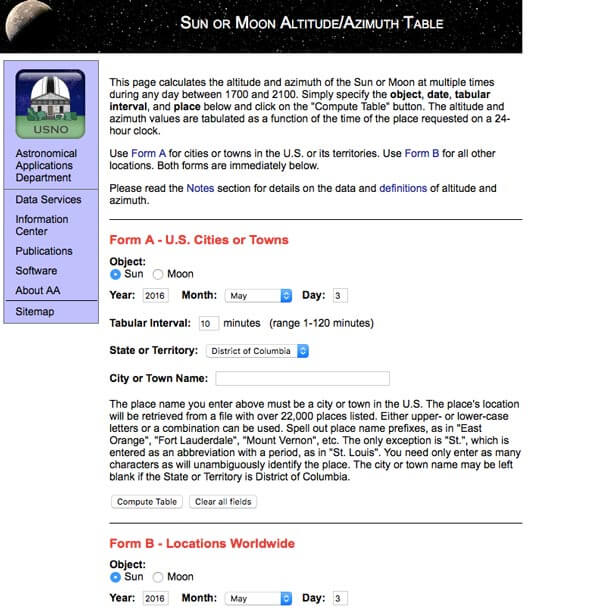
When Is the Best Time to Get Vitamin D from Sunlight?
You might have already heard the hype about the importance of Vitamin D. Well, we’re here to say it’s NOT just hype! They are true!
Benefits of Vitamin D
Vitamin D helps support many important functions of our body, including:
- the ability to regulate calcium, which is important for the health of our bones and our skeletal system
- the health of our muscles
- the health of our immune system
More and more researchers have found other benefits of Vitamin D. Check out some of the most recent discoveries:
- Study states Vitamin D can repair nerve damage in multiple sclerosis
- Low levels of Vitamin D may reduce efficiency of HIV treatments
- Vitamin D deficiency may be tied to erectile dysfunction
- Research finds Vitamin D can improve cardiovascular health and fitness performance
- Study finds lower death rates in breast cancer patients with higher levels of Vitamin D
New findings continue as researchers consider the benefits of Vitamin D.
Where Can We Get Vitamin D?
You can get Vitamin D naturally through the exposure of UVB from the sun or orally with food intake or through supplements.
Supplements with Vitamin D
There are many supplements that contain just the amount of iu you’re looking for. However, it’s important to distinguish between two types: Vitamin D2 and Vitamin D3. These two differ simply from it’s source. Vitamin D2 is plant based and Vitamin D3 is animal based (usually from fish).
Here are some of the best foods to get more natural amounts of Vitamin D:
- Cod liver oil
- Oily fish, such as salmon and trout
- Dairy products (milk, cheese …)
- Whole grain cereals
- and more …
The more Vitamin D you get, the more benefits you gain. However, just like everything in life, there are limits. Beware of the possibility of toxicity. You might hear people say, “you could never have too much,” but in reality, there can be side effects.
UVB through sunlight
The most natural way to get Vitamin D is through the sun. Of course you have to understand the difference between the 2 types of uv rays that penetrate the earth’s ozone layer: UVB and UVA. One is a great source of Vitamin D (UVB) and the other can be harmful (UVA), even deadly.
Although you might see some sunshine every day, UVB may not necessarily be available. That’s right, there are times of the year when UVB from the sun simply cannot get through the earth’s atmosphere and onto our skin. This means you might actually be deceived by the sun, thinking you can get your Vitamin D and possibly a nice tan.
How to Check If UVB Is Available for a Healthy Dose of Vitamin D
The sun must be above an angle of 50° from the horizon in order for UVB to penetrate the earth’s atmosphere. Otherwise, you could have it just bouncing right off. The following steps will help you find out if you are actually getting the right amount of good sun onto your skin.
- Go to the Azimuth Table provided by the U.S. Naval Observatory
- If you’re in the U.S., go to Form A, if you’re somewhere other than the U.S., go to Form B
- Click the option for Sun
- Enter the date you wish to find out the optimal time to go outside in your bare skin
- Enter your state and city
- Click the “Compute Table” button
 It’s mid December, which means there is only a small chance of finding a 50° and above reading. So for this example, we decided to move into the future and show you when the best times would be to get some Vitamin D from the sun. Here are the results for the May 14, 2016 UVB penetration chart.
It’s mid December, which means there is only a small chance of finding a 50° and above reading. So for this example, we decided to move into the future and show you when the best times would be to get some Vitamin D from the sun. Here are the results for the May 14, 2016 UVB penetration chart.
We’ve highlighted the areas where it reads 50° and above. The chart shows the best time to get some Vitamin D from the sun would be between 10 o’clock in the morning until 3:30 in the afternoon.
Trying to follow this time table will help reduce your risks for many deficiencies, including damage that harmful radiation can give you from natural sunlight. In case any damage occurs, you will be happy to know that light therapy, also form of light that provides your skin with wavelengths of light penetration, can be very helpful in a variety of treatments of damaged skin.

